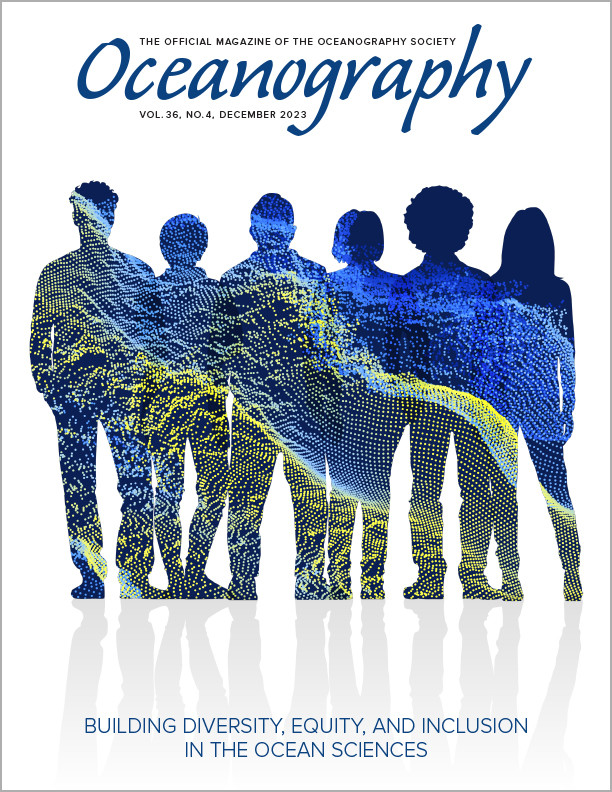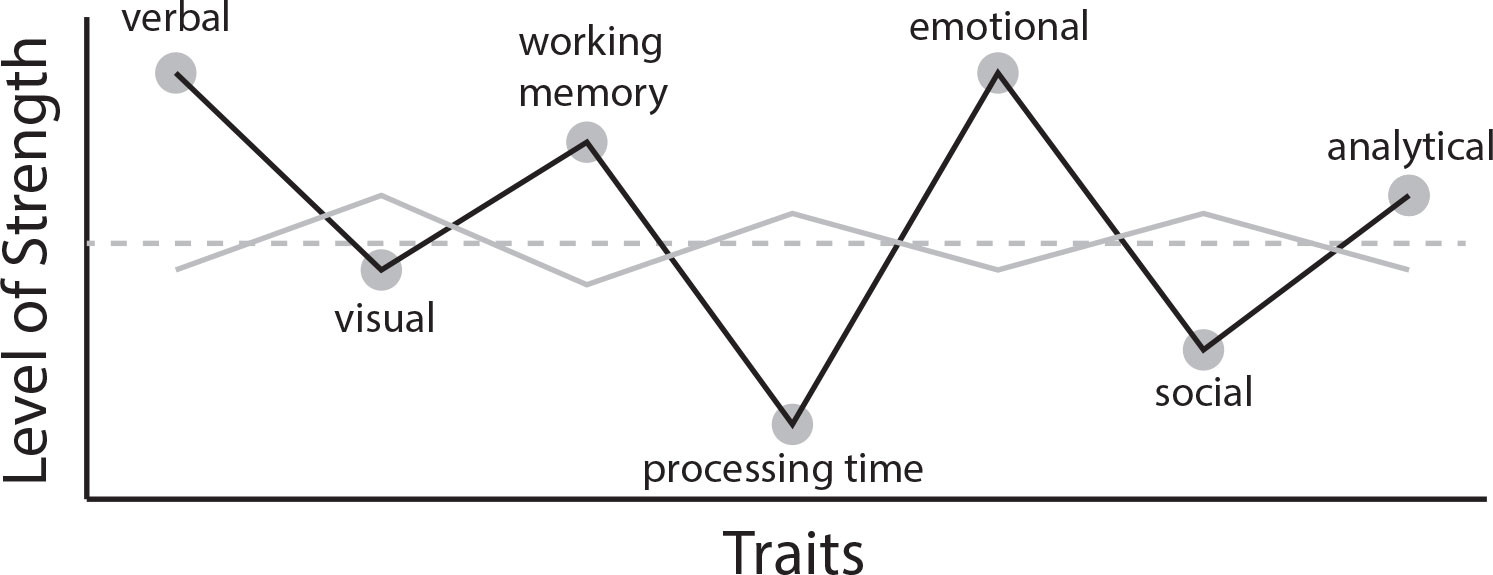Full Text
What is Neurodiversity?
Neurodiversity refers to variations in the human brain that affect information processing; it includes conditions, or “neurotypes,” such as autism spectrum disorder (ASD), attention deficit hyperactivity disorder (ADHD), dyslexia, dyscalculia, and dyspraxia, among others. Neurodiversity can be conceptualized as significant differences in the ways that individuals process information; such differences may concern written or verbal language, sensory information, body language, or social interactions. These differences have been historically viewed within the medical model of disability, for example, as deficits in ability through a diagnosed condition, often associated with a goal of curing or managing the condition.
Neurodiversity as a term and concept is still very much evolving in its definition, use, and scope (Dwyer, 2022), but the concept of neurodiversity reflects a shift toward the social model of disability, which suggests that “disability” is defined by barriers inherent in society, such as implicit weighting of social interactions in an interview. In this article we refer to neurodiversity in the broad sense that a neurodivergent individual has a “spiky profile” of abilities (see Figure 1), where they may excel in some areas associated with information processing, such as processing time or working memory, but struggle significantly in others. This distinguishes them from neurotypical individuals who experience some variability, but to a lesser extent. Our aim here is to raise awareness about neurodiversity as it relates to efforts toward broader equality, diversity, and inclusion. The authors are neurodiverse ocean scientists who draw here on personal reflections and discussions to highlight key themes. Although discussions of neurodiversity often begin with a list of “average” strengths and weaknesses for specific neurotypes (e.g., Cope and Remington 2022), we felt this was not helpful here, as there can be diversity within neurotypes as well as comorbidity of neurotypes. Crucially, we suggest barriers to inclusion for neurodivergent individuals ultimately depend on the individual and not the relevant neurotype.
|
|
Being Neurodiverse in Oceanography
Many of the challenges and solutions posed by neurodiversity in the ocean sciences will be common across the science, technology, engineering, and mathematics (STEM) disciplines (e.g., Joice and Tetlow, 2021; Sarju, 2021). The ocean sciences are inherently interdisciplinary and international, and thus benefit from research communities that offer highly diverse ways of approaching problems. As a group of neurodiverse authors, we found commonality in being drawn to the ocean sciences precisely because of their interdisciplinarity; however, the challenges we faced were based on our individual experiences and neurodivergence type(s). A unique aspect of oceanography within STEM is seagoing fieldwork, which can present specific challenges to neurodiverse individuals that include the sensory experience of being on a moving platform and include an intense social environment, changes in routine, and a need for rapid data collection and real-time documentation (e.g., Kingsbury et al., 2020). Even so, neurodivergent individuals can excel in these environments. For example, the constrained and demanding schedule aboard a research vessel proved to be a productive environment for one individual with ADHD, and an autistic person found the motion of the boat promoted focusing on the work at hand.
Other identities we hold as ocean scientists impact neurodiversity, including gender, race, nationality, socioeconomic background, and even career stage (Cosentino and Souviron-Priego, 2021). For example, multicultural teams in ocean sciences are common, which can pose intersectional challenges with social interaction and communication. The characteristics of neurodiverse persons working within a multicultural team can sometimes be misinterpreted as language barriers or cultural issues related to communication. This misunderstanding can lead to a lack of recognition and accommodation for neurodiverse team members. Additionally, cultural differences in attitudes toward neurodiversity can further complicate matters. Some cultures may stigmatize neurodiverse conditions or have negative attitudes toward seeking help for these conditions, which can result in undiagnosed individuals not receiving the support they need to succeed (Botha and Gillespie-Lynch, 2022).
What Is a Well-Supported Environment for Neurodiverse Individuals?
Ultimately, neurodiverse individuals are the experts in their lived experiences; they often have the best understanding of their own specific requirements, which need to be disclosed in order to overcome barriers. Neurodiversity declaration rates are the lowest in STEM disciplines generally, with just ~5% of STEM undergraduates revealing that they are neurodiverse, compared to 15% at a national level—among senior academics in the United Kingdom, the rate is just 0.9% (Joice and Tetlow, 2021; Sarju, 2021). One barrier to disclosure of a neurodiverse condition is the risk of exposure to stigma and negative stereotyping, which tends to link a diagnosis of a specific neurotype with the abilities (or lack of them) of an individual (LeFevre-Levy et al., 2023), for example, assumptions that the individual may not interact as expected at academic conferences or may not be able to produce papers at a desired level.
A well-supported environment for neurodiverse individuals provides space and flexibility across all aspects of research and education by allowing people to use their abilities in ways that work with, rather than against, their brains. Beyond disclosure, for example, this could involve offering a colleague flexibility in how and when to work and facilitating regular check ins to determine what is working and what is not. We six authors require six unique solutions or approaches to our neurodivergent-related needs, and we have found that such solutions can be achieved through open dialogue with colleagues.
Those whose brains process information differently are likely to approach a problem differently. Although it may initially be challenging to engage with someone who presents a new or radically different methodology or approach, applying that methodology or approach to the task at hand may enhance innovation, problem-solving, and creativity (Cope and Remington, 2022; LeFevre-Levy et al., 2023). It may be possible to engage specific skills—for example, the individual “spikes” in Figure 1—as well as novel approaches enabled by a combination of skills—the overall “spiky profile” in Figure 1. Neurodivergent individuals may also be more resilient and persistent in research, having navigated education systems in which they faced challenges related to their neurotypes. Addressing neurodiversity as an axis of diversity is an essential part of equity, diversity, and inclusion efforts, and embracing and enabling neurodiverse individuals can enhance interdisciplinary and international research in ocean sciences.


